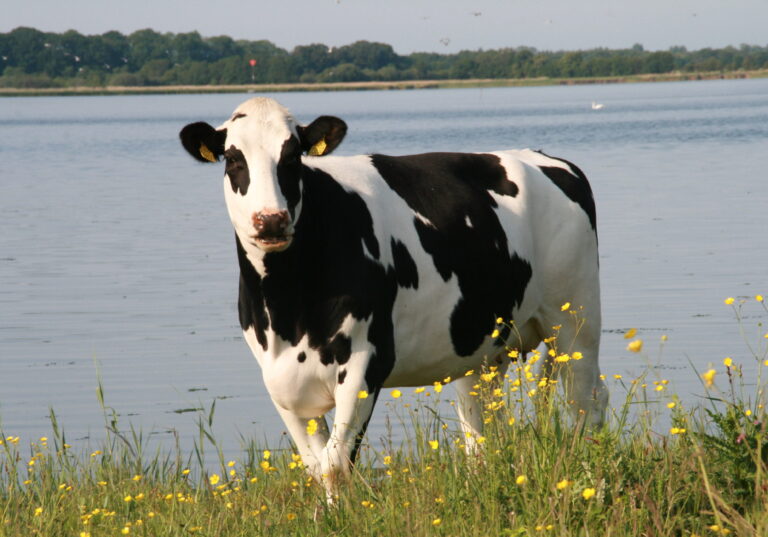In a strategic push to reduce its heavy dependence on imported dairy products, Nigeria has begun importing high-yielding dairy cows from Denmark. The move is part of a broader national effort to double domestic milk production within five years and save the country an estimated $1.5 billion annually spent on milk imports.
Speaking on Monday, Minister of Livestock Development, Idi Maiha, outlined the government’s vision to significantly close the gap between local production and consumption.
“We are setting a bold but realistic target — to raise annual milk production from the current 700,000 tonnes to 1.4 million tonnes over the next five years,” Maiha said.
Despite having one of the largest cattle populations in Africa, Nigeria still imports nearly 60% of the milk it consumes. The issue, according to Maiha, stems from the low productivity of local pastoral breeds, which are not optimized for large-scale dairy farming.
To address this, Nigerian farms have begun integrating Danish heifers into their herds to enhance milk yield through selective breeding. One farm has already acquired over 200 of these high-performance cows, with more expected in the near future.
The initiative isn’t stopping at cattle imports. Maiha highlighted a series of complementary efforts, including:
-
The registration of eight new pasture varieties, marking the first such development in nearly five decades.
-
The rollout of a national strategy for animal genetic improvement, supported by the Food and Agriculture Organization (FAO).
“With over 20.9 million cattle, 60 million sheep, and 1.4 million goats, Nigeria has a solid livestock foundation. We’re not starting from scratch; we’re building on existing capacity,” the minister said.
The initiative signals a shift toward modern livestock practices aimed at not only improving food security but also developing a more self-reliant and sustainable dairy industry.

